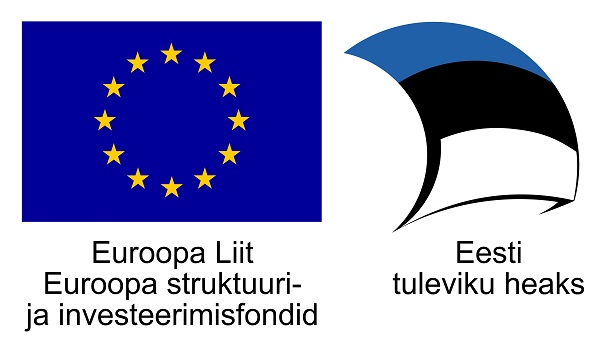
The creative industries have been subject to study and debate since the early 1990s. Government policy-makers, consultants and creative businesses have been championing the role of this field in the economic development of countries and regions. Having defined the ‘creative industries’ by combining a collection of sectors where creative skills and intellectual property are important – such as advertising, design, film, music, publishing, software, TV and radio – the measure of its economic contribution can be calculated, and the figures are impressive.
In some countries, the creative industries can account for more than 10% of total gross value added in the economy. A review by the
Institute of Economic Research in Tallinn, Estonia, for example, has shown that the creative industries account for nearly 10% of all businesses,
employ more than 4% of its working population, and have achieved an 8% growth in recent years. This growth trend has also been picked up by fDi Markets data, which shows a global 220% increase in crossborder investments in the creative industries between 2004 and 2010. However, there is a lot more to the creative industries than mere economic statistics.
Express yourself
In Brazil, Dr Ana Carla Fonseca of Garimpo De Soluēões, a special adviser on the creative economy, points to the “exciting use of digital technologies and social networks being delivered through the Creative Entrepreneurs initiative and the Creative Cities Network of Brazil”.
In Brazil, Dr Ana Carla Fonseca of Garimpo De Soluēões, a special adviser on the creative economy, points to the “exciting use of digital technologies and social networks being delivered through the Creative Entrepreneurs initiative and the Creative Cities Network of Brazil”.
“These projects are allowing people from all over Brazil to collaborate and express themselves. Yielding positive benefits for self-confidence,
group identity, and creating new entrepreneurs,” she says.
Joel Volkov, CEO of Estonian advertising agency Der Tank, emphasises the importance of the ability of the creative industries to produce
new business models and new ways of doing things. gFor a country such as Estonia, which has a new economy, we are open to change and able to bring new creative ideas and innovations to the rest of Europe, which is more old economy. Estonia needs to remain open and activate its
creative thinkers and restless software developers to provide new and fresh ideas, he says.
Creating a direct link
One new area of development is in cross-media, where various media platforms and faster broadband networks are cutting out intermediaries
and allowing creative content producers to establish direct intimate relationships with audiences and customers. Indeed, new businesses can start from a single Facebook page. Dr Indrek Ibrus of the Baltic Film & Media School in Tallinn believes that gpoetical innovations and new narrativesh can evolve from social network markets which are redefining the creative industries.
In Tartu in Estonia, pioneering work in 3D and 4D film is taking place at the Tartu Centre for Creative Industries. Leading film-makers such as Jaak Kilmi of Pimik are building up new audiences through their innovative storytelling, often co-produced with partners across Estonia and in other countries such as Germany, Finland and Sweden.
The crossborder nature of the creative industries is a critical business development factor for companies at the Tallinn Creative Incubator. Start-ups in areas such as fashion, film and animation have to put international markets high on their agenda as they grow their business over the two years they have in our centre,h says manager Ele-Mall Vainomae.
A creative idea has to start somewhere, and it now has the potential to go everywhere; and creative entrepreneurs all around the globe are making this happen.




